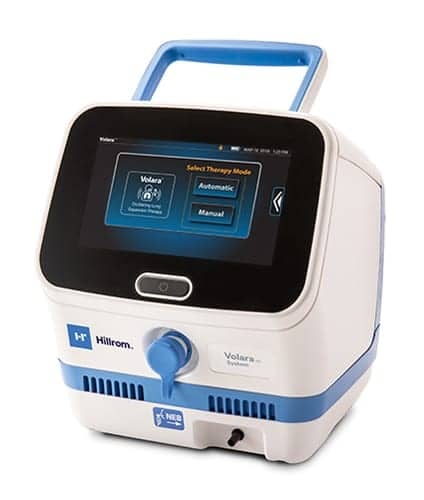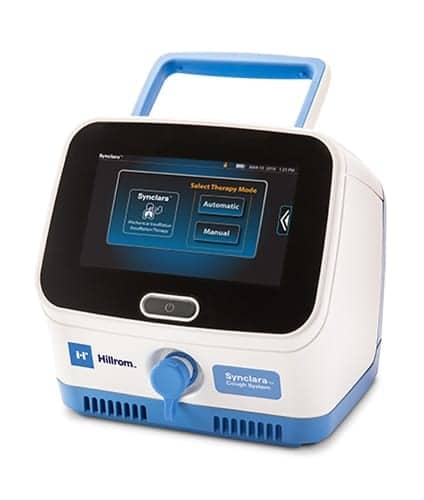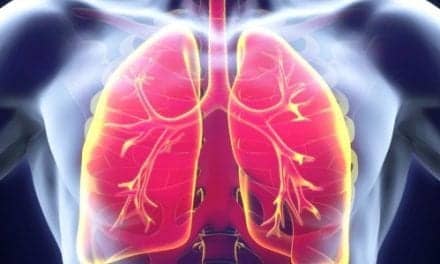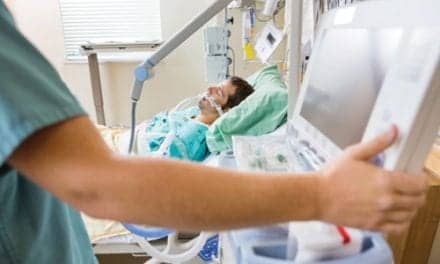Hillrom has launched the Volara System, an oscillation and lung expansion (OLE) therapy, and the Synclara Cough System, a cough assist therapy. Both devices are available in the United States.

The Volara System delivers OLE therapy, combining Continuous Positive Expiratory Pressure (CPEP), Continuous High-Frequency Oscillation (CHFO) and a nebulizer in one portable, lightweight device. Respiratory therapies delivered by the Volara System are suitable for a number of acute and chronic conditions, including post-operative pulmonary complications, that are treated both in acute care settings and at home, Hillrom says.

The Synclara Cough System is a noninvasive therapy that simulates a cough to remove secretions in patients with compromised peak cough flow. The Synclara Cough System uses mechanical insufflation-exsufflation technology to clear secretions from the upper airways, representing the most complete solution available to assist patients with vital secretion evacuation. Synclara has been designed with the programmability and sensing technology to deliver a more individualized treatment, the portability and ease-of-use to improve the patient experience, and specialized patient training, therapy optimization and support.
“As part of our vision of Advancing Connected Care, we want to make it easy for patients to leave the hospital with the technologies they need to get better faster,” said John Groetelaars, president and CEO of Hillrom. “Our new Volara System is proven to reduce hospital length of stay and time on a ventilator by delivering effective OLE therapy1, and the Synclara Cough System, which delivers mechanical insufflation and exsufflation, helps keep upper airways clear. We’re delighted to introduce these practical, accessible innovations to patients and their caregivers.”
The Volara System is versatile, enabling patients to continue receiving OLE treatments with the precise settings they used in the hospital, at home. Volara can be used with a mouthpiece, face mask, tracheostomy or in-line on a ventilator.
“For patients with compromised lung function, cough simulation can be a lifesaving therapy,” said Mr. Groetelaars. “With Synclara, we’ve developed a cough system that senses how a patient is breathing and automatically adjusts the cough cycle to match the patient’s breathing rhythm, making it possible for caregivers to tailor therapies for specific patient needs.”
The Volara System and Synclara Cough System are available in the United States.










